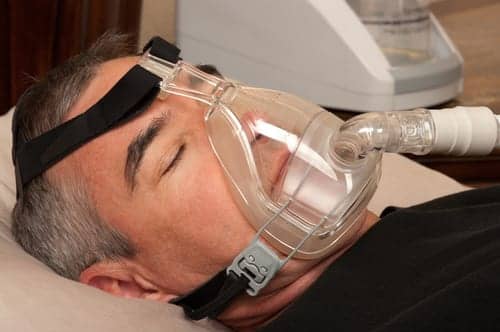
A new study, published in the European Respiratory Journal, could make the diagnosis of the condition quick and inexpensive compared to current methods.
Electronic nose devices have been shown to distinguish between a number of diseases; they do this by analyzing the pattern of volatile organic compounds in breath samples. This is the first study that has assessed whether the electronic nose could be used to confirm the presence of sleep apnea.
Researchers analyzed the breath of 40 sleep apnea patients and 20 healthy controls. The study also aimed to assess whether the electronic nose could detect the effects of CPAP.
The researchers performed questionnaires and sleep examinations to confirm sleep apnea in 40 patients. They also collected throat washings from patients to measure any improvement in their condition following treatment with CPAP. The researchers then used a statistical analysis model to calculate the accuracy of the electronic nose.
The results found that the electronic nose could effectively diagnose sleep apnea. The statistical analysis showed that sleep apnea was detected with a sensitivity of 93%.
“This is the first time an electronic nose has been tested in the setting of sleep apnea diagnosis,” said lead author Dr Timm Greulich, from the Marburg Hospital in Germany. “The electronic nose could be useful in two ways. First, it can rule out the disease in a low prevalence population. Second, in a population with a high risk of sleep apnea, the device could be used to help decide who would need to undergo an overnight sleep examination. Following these results, we foresee that the use of an electronic nose could reduce costs by more appropriately selecting patients who require the sleep examination.”
“This is an interesting study, adding to a growing body of evidence demonstrating that electronic noses are a future potential tool for the detection of respiratory diseases,” said European Respiratory Journal Associate Editor, Professor Ramon Farre. “Although the results are encouraging, it is important to acknowledge the limitations in this kind of statistical analysis and it is not yet definite proof that this is an accurate diagnostic tool. It is, however, the first study to consider the application of an electronic nose for sleep apnea and we look forward to seeing future research expanding on this important initial research.”




